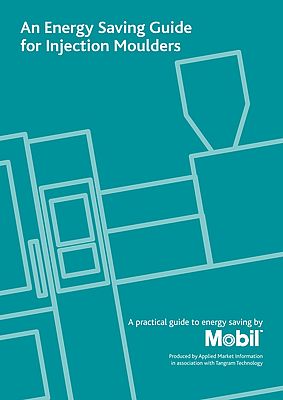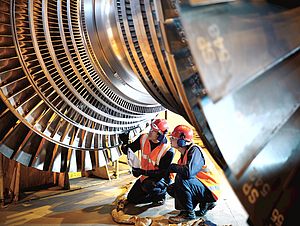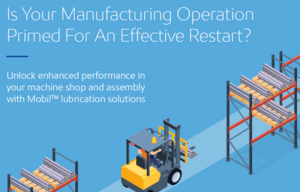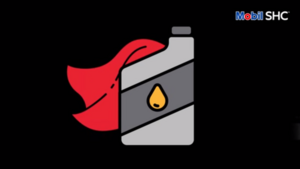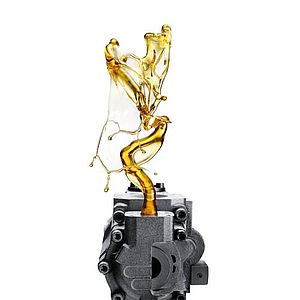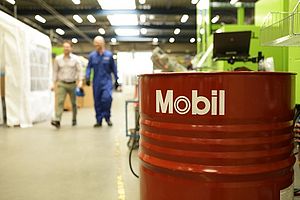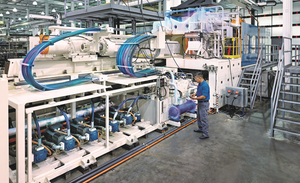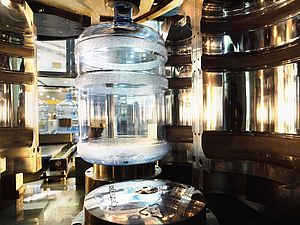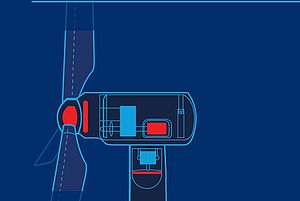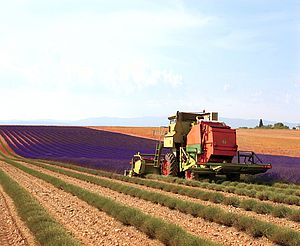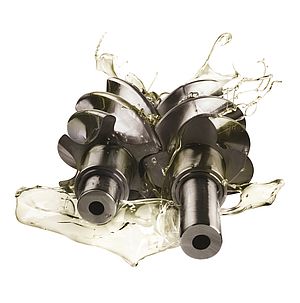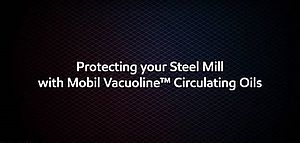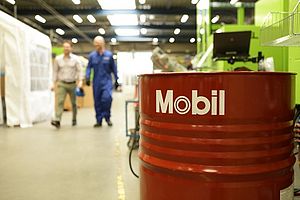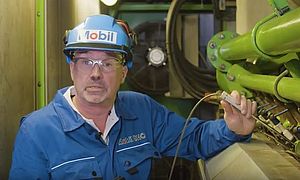ExxonMobil has launched its 'Energy Saving Guide for Injection Moulding Companies', in partnership with leading research consultancy, Applied Market Information. Developed by industry expert, Dr Robin Kent, the free handbook contains practical guidance and insights to help plastics processors cut their energy consumption.
The guide offers best practise guidance on almost every aspect of an injection moulding plant, from how to create an 'energy fingerprint' to using high performance hydraulic oils.
The guide was launched recently through a unique webinar with Dr Kent and Chris Smith covering key issues in the injection moulding industry.
Both guide and webinar detail the types of likely savings that are available, including:
· Fitting insulation to barrel heaters, which account for up to 25% of the energy input of an injection moulding machine, can cut heating costs by 50%.
· Reducing compressed air leaks, dropping pressures and improving pipework can cut compressor energy consumption by 50%.
· Switching to Mobil DTE 10 Excel™ hydraulic oil can help increase hydraulic efficiency by up to 6%i.
To watch the webinar on-demand and download your free copy of The Energy Saving Guide sign-up here!
i The energy efficiency of Mobil DTE 10 Excel relates solely to the fluid performance when compared to conventional Mobil-branded hydraulic fluids. The technology used allows up to 6% increase in hydraulic pump efficiency compared to Mobil DTE 20 series when tested in standard hydraulic applications under controlled conditions. The energy efficiency claim for this product is based on test results on the use of the fluid conducted in accordance with all applicable industry standards and protocols. Actual site results may vary depending upon the type of equipment used and its maintenance, operating conditions and environment, and any prior lubricant used.


